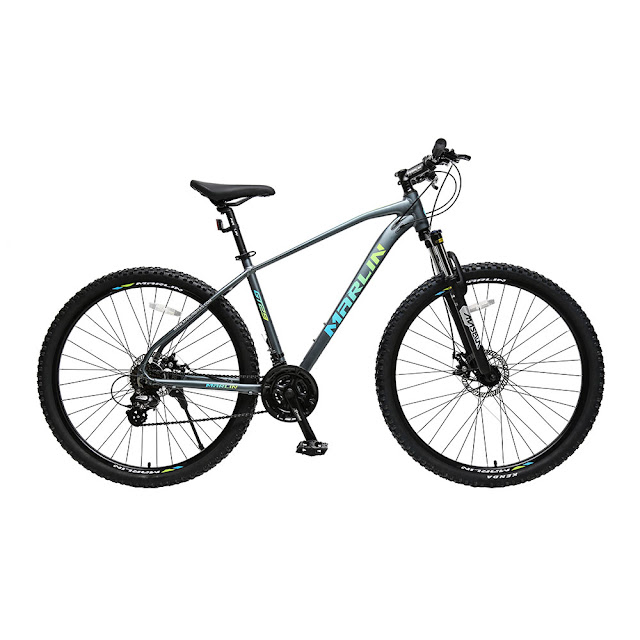What is Cross-Country Mountain Biking
Cross-country (XC) mountain bikes are designed for racing and riding on a variety of terrain, from smooth singletrack to technical trails and even some light downhill sections. Here are some key features and characteristics you'll typically find in cross-country mountain bikes:
Frame Geometry:
XC bikes typically feature a geometry that prioritizes efficiency and agility. This often means a steeper head tube angle for nimble handling, a shorter wheelbase for maneuverability, and a more upright seating position for comfort during long rides and climbs.
Suspension:
XC bikes usually have front suspension forks, though some models may feature full suspension with both front and rear shocks. However, the travel (the amount of suspension movement) tends to be shorter compared to trail or enduro bikes, typically ranging from 80mm to 120mm for front suspension forks.
Wheel Size:
While XC bikes traditionally used 26-inch wheels, the industry has shifted toward larger wheel sizes in recent years. 29-inch wheels are now standard for many XC bikes due to their ability to roll over obstacles more easily and maintain momentum on rough terrain. Additionally, 27.5-inch wheels (also known as 650b) are popular for riders who want a balance between agility and rollover capability.
Frame Material:
XC frames are commonly made from lightweight materials such as aluminum, carbon fiber, or a combination of both. Carbon fiber frames offer the advantage of being exceptionally light and stiff, providing efficient power transfer and responsiveness.
Drivetrain:
XC bikes often feature drivetrains with a wide range of gears to tackle steep climbs and maintain speed on flats and descents. Single-chainring setups have become increasingly popular, offering simplicity, weight savings, and improved chain retention.
Brakes:
Disc brakes are standard on most modern XC bikes, providing reliable stopping power in all conditions. Hydraulic disc brakes offer superior modulation and control compared to mechanical disc brakes.
Tires: XC tires strike a balance between low rolling resistance and traction. They typically have a narrower width and less aggressive tread pattern compared to tires found on trail or enduro bikes, prioritizing speed and efficiency.
Weight:
XC bikes are known for their lightweight construction, as reducing weight is crucial for efficiency and climbing performance. High-end XC bikes can weigh as little as 20 pounds (9 kilograms) or even less.
Overall, XC mountain bikes are designed to excel in long-distance races, endurance events, and recreational riding on a variety of terrain, prioritizing efficiency, speed, and agility.


Comments
Post a Comment